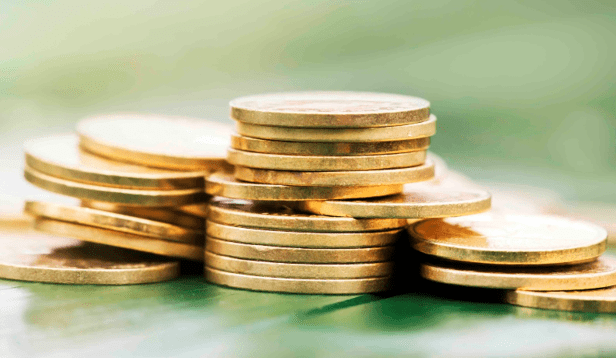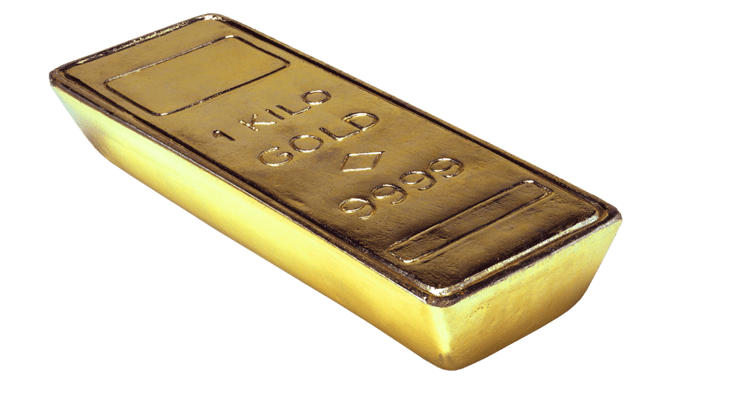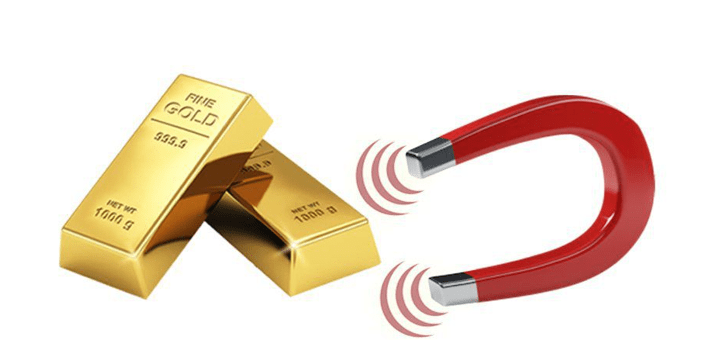Have you recently invested in gold bullion? After making such a significant investment, most individuals are curious to check the authenticity of the bars or coins they’ve purchased.
Gold is a noble and nonmagnetic metal, meaning it’s resistant to oxidation, corrosion, acid, and magnetic influence. There are numerous tests to conduct to check its authenticity, such as looking for hallmarks, testing its size and weight, doing a magnet test, performing a float test, using nitric acid or vinegar, etc.
Get familiar with each of these methods in detail.
Look for hallmarks
The inceptive step towards checking the authenticity of gold bullion is looking for hallmarks. Coins and bars are supposed to be engraved with a hallmark, referring to the stamp that describes the content and the manufacturer. The standard purity scales are based on karats and millesimal fineness. For instance, some of the valid purity numbers of the Karat system include 20k, 21k, 22k, 23k, and 24k. See this website, www.science.howstuffworks.com, to learn about the difference between a carat and a karat.
In contrast, some of the purity numbers in the Millesimal Fineness system include 916,958 and 999. As per law, each bar has to be serialized and marked prior to reaching the market. These stamps are used for coding, traceability, and security reasons. Coins have a few hallmarks, such as the purity in karats and fineness, the logo of the hallmarking center, and the jeweler’s own logo or mark.
Hallmarks are used to show the manufacturer and the purity level of gold to make bullion authentic and credible. Nevertheless, hallmarks can be engraved by anyone, meaning they aren’t necessarily credible. If the numbers you see on the bar or coin fail to match the numbers in both systems mentioned above, then gold is most probably fake. Additionally, the marks indicating purity should be either karats or millesimal fineness. Any other marks denoting the value shouldn’t be trusted.
Test the size and weight
Another way to inspect the authenticity of gold bullion is by testing its size and weight. Gold is much denser if compared to other precious metals. Its physical properties are almost impossible to replicate, meaning the copies of bars and coins are less compact than the real ones. For instance, a coin/bar that seems too large for its weight is probably fake. The same goes for pieces that feel overly light for their size.
The best way to test the size and weight of a bar/ coin is by comparing a piece you suspect is fake with the one you know it’s real. Another method to try is using calipers and a jeweler’s scale. Spotting fake gold is easily done if you know the diameter, thickness, and weight of the bar or coin.
Do the magnet test
The authenticity of gold bullion can be checked by conducting the magnet test. This test requires minimal equipment, as you’ll only need a strong magnet and the bullion you wish to inspect. Gold is a non-magnetic metal, hence not being attracted to magnets. You should hold the magnet over the coin/bar and observe the reaction.
In addition, if your bullion is attracted by the magnet, it means the piece is fake. Nevertheless, the magnet test isn’t exactly reliable, as a fake coin can pass the test without any problem. Counterfeit gold can contain other non-magnetic metals, such as stainless steel. Therefore, individuals are advised to perform this test in conjunction with a more accurate method.
Perform the float test
Another testing method to use for checking the authenticity of gold bullion is the float test. You’ll need a container with water, large enough to fit the water amount and the bullion piece. The temperature of the water isn’t important.
As mentioned above, real gold is a dense metal, meaning it should fall directly to the bottom of the container. Conversely, if the bullion floats or hovers over the bottom, it’s probably fake. Also, this metal isn’t supposed to tarnish or rust when getting wet. Therefore, if you see discolorations after taking the bullion out of the water container, you most likely have plated, not real gold.
Conduct the ceramic scratch test
The ceramic scratch test is another popular method of testing gold bullion authenticity. All you need is an unglazed piece of ceramic to scrape the surface of your bar/coin. The color of the trail left by the ceramic piece indicates whether the piece is real or fake. If the trail is black, your bullion isn’t real.
It’s of vital importance for the ceramic piece to be unglazed in order not to compromise the results. This method involves little scratching and does minimal damage to the piece. It’s safer than the tests involving acid.
Try the nitric acid test
Another testing method you can try is the nitric acid test. Make sure to see this review if interested in purchasing physical gold. The nitric acid test requires individuals to purchase nitric acid that corresponds to the degree of fineness of their bullion. You should use a sharp tool for scratching the surface of the bar/coin until you expose a fresh gold layer. Once you make a scratch, add a drop of nitric acid to it.
While performing the test, you are expected to wear latex gloves and be in a ventilated room to avoid any health issues from getting in contact with the acid. After putting a drop of nitric acid on the scratch, you should wait for the reaction of the material to it. If the metal turns green, it’s undoubtedly fake. Genuine gold shows no reaction to acid and doesn’t fade in color.
Besides nitric acid, individuals can use vinegar to inspect the bullion’s authenticity. You need to add a few drops of vinegar to the surface and wait for any changes in color. If the metal experiences no color changes, then it’s real.
Final thoughts
Spare some time to conduct any of these tests to verify your bullion’s authenticity!



